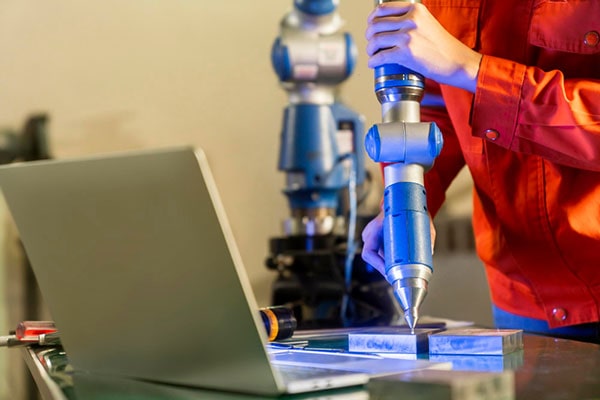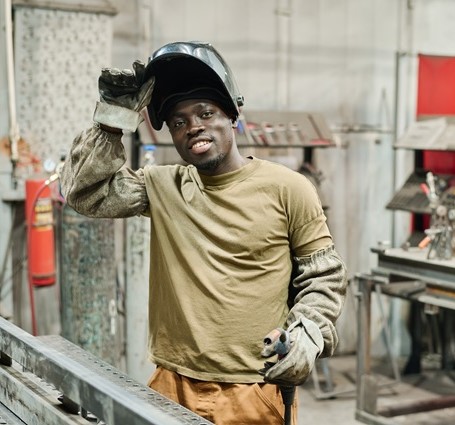
Reasons to Pursue A/C and Refrigeration Training
The air conditioning and refrigeration industry is responsible for keeping our homes, workplaces and public spaces comfortable and safe. As demand for skilled
Additive manufacturing, specifically 3D printing, has introduced remarkable changes to industries like welding, healthcare, automotive and manufacturing in recent years. It has helped reduce lead times, cut costs and enhance performance. Let’s explore how this process is transforming critical parts of the welding industry, from prototyping to customization and more.
Additive manufacturing, also called 3D printing, uses a computer-controlled process to create three-dimensional objects layer by layer. Specifically, wire arc additive manufacturing (WAAM) is used to print metal parts by depositing layers of metal to make a 3D shape. WAAM combines gas metal arc welding (GMAW) and additive manufacturing.
WAAM has been revolutionary for the world of fabrication and design because it eliminates the need to manually cut and shape materials. Complex geometries and designs are now more possible than ever before, especially for complicated welding projects.

The role of 3D printing in welding is expanding! This exciting approach is not only flexible but also full of potential. Welders of tomorrow may find even more new ways to leverage additive manufacturing. For now, welders use 3D printing in the following ways:
Welding professionals have been adopting additive manufacturing processes because of the advantages the technology provides. While traditional welding processes can involve creating wasted materials, 3D printing optimizes material usage by minimizing errors and reducing scraps.
In addition to more precision, 3D printing gives welders the opportunity to try new designs that their traditional welding techniques can’t accomplish alone—which may lead to increased creativity and time efficiency on the job.
These benefits are helping to bring 3D printing to more welding shops and trade jobsites; but it’s also important to be aware of potential challenges such as the cost of equipment. The technology can be a significant up-front investment for individuals or small welding companies. However, once welders have the knowledge, training and access to equipment, 3D printing can open many doors for technicians and their career goals.

It’s no surprise that 3D printing is already leaving a mark on the welding industry, and experts suggest that this trend will continue as both additive manufacturing and modern fabrication techniques advance. Aspiring welders can embrace the benefits of this cutting-edge technology—from its creative possibilities to its ability to reduce waste and increase precision. If you’re passionate about welding, keep an eye on our blog to learn more about the latest in welding advancements.
Want to learn hands-on welding skills yourself? Explore our Combination Welding Technology program. Classes are starting soon!
*Apex Technical School and its instructors are licensed by the State of New York, New York State Education Department.
Disclaimer: Apex Technical School provides training for entry-level jobs. Not everything you may read about the industry is covered in our training programs.

The air conditioning and refrigeration industry is responsible for keeping our homes, workplaces and public spaces comfortable and safe. As demand for skilled

At Apex Technical School, every student embarks on a journey that is more than just acquiring a skill set—it’s about transforming their lives

In the world of refrigeration and air conditioning, few individuals embody the spirit of dedication and enthusiasm as vividly as Daniel Fernandez. With